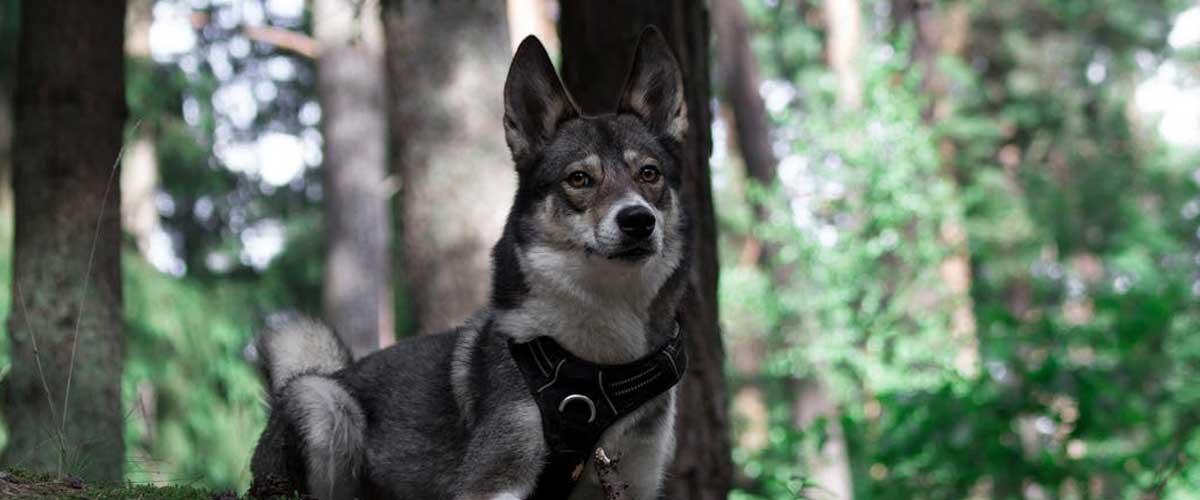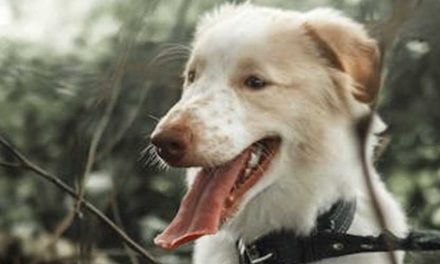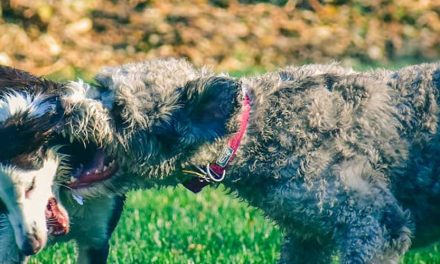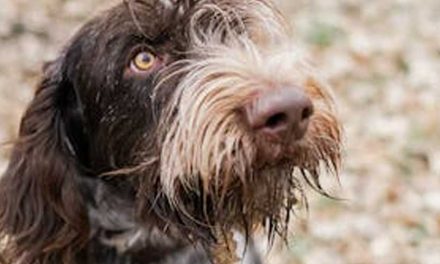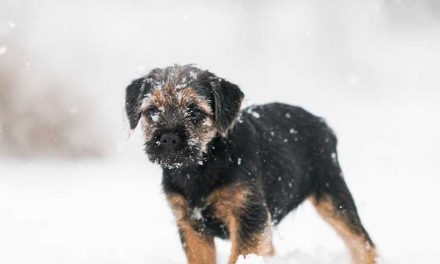The Russo-European Laika, often simply referred to as the Laika, is a remarkable dog breed that embodies the spirit of its North Russian heritage.
Known for its versatility, intelligence, and strong working ability, the Laika has been a beloved companion and a reliable working dog for centuries.
Historical Background
The Laika has its roots in ancient Russia, where it was originally bred for hunting and herding.
The breed descends from a mix of indigenous hunting dogs and other breeds brought by nomadic tribes.
The name “Laika” actually translates to “barker” in Russian, a nod to the dog’s alert and vocal nature.
Historically, Laikas were used to track game and assist hunters in the rugged terrains of the Russian wilderness, showcasing their resilience and strength.
In the mid-20th century, the breed gained international fame when one particular Laika, named Laika, became the first dog to orbit the Earth aboard the Soviet spacecraft Sputnik 2 in 1957.
This pivotal moment in space history brought attention to the breed and solidified its status as a symbol of courage and adaptability.
Physical Characteristics
The Russo-European Laika is a medium-sized dog with a well-proportioned and athletic build. Males typically stand between 22 to 24 inches at the shoulder, while females are slightly smaller.
The breed is characterized by its erect ears, bushy tail that curls over the back, and a thick double coat that varies in color—from shades of gray and black to tan and red.
This double coat not only enhances the dog’s physical appearance but also provides insulation against harsh weather, a vital trait for working in cold climates.
Their strong, powerful legs and keen senses make them exceptional hunters and explorers.
Temperament and Personality
Laikas are known for their lively and outgoing personalities.
They are typically intelligent, independent, and possess a strong prey drive—traits that make them excellent hunting companions.
Despite their independent nature, they are also deeply loyal to their families and can be quite affectionate with their loved ones.
Socialization from an early age is essential for Laikas.
They are generally good with children and can be friendly with other pets if raised together.
However, their hunting instincts mean they may have a tendency to chase smaller animals.
Early training and consistent boundaries are critical to help manage their energetic behavior.
Care and Maintenance
Like all breeds, the Russo-European Laika requires proper care and attention to thrive.
Regular exercise is crucial, as they have high energy levels and require daily physical and mental stimulation.
Activities such as long walks, runs, and structured playtime can help prevent boredom and destructive behaviors.
The Laika’s double coat requires regular grooming, especially during shedding seasons.
Brushing them several times a week helps keep their coat healthy and reduces loose hair around the home.
Additionally, routine check-ups with a veterinarian will ensure they remain healthy and free of common breed-specific issues.
Conclusion
The Russo-European Laika is more than just a hunting dog; it is a breed that represents resilience, loyalty, and adaptability.
With its deep historical roots and versatile abilities, the Laika makes an excellent companion for active families and individuals alike.
For those who appreciate a dog that thrives in outdoor activities and has a spirited personality, the Russo-European Laika can be a perfect match.
Whether as a working dog or a cherished family pet, this breed continues to capture the hearts of dog lovers worldwide.

